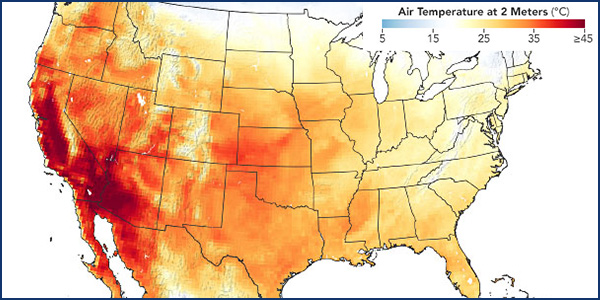Rhode Island boasts the first and only offshore wind farm in the Western Hemisphere, the 5-MW Block Island facility, but the smallest state in the U.S. has seen its modest OSW procurement goals eclipsed by surrounding states like Massachusetts, Connecticut, New York and New Jersey. (See related story, New Jersey BPU OKs 2nd Offshore Wind Solicitation.)
Despite only being committed to buy slightly more than half the output of the 704-MW Revolution Wind, a joint project between Ørsted Wind and Eversource Energy, the Ocean State is pioneering workforce development for the new industry.
The Revolution project will create hundreds of construction jobs and include $100 million in port infrastructure improvements in Rhode Island and Connecticut, which contracted for 300 MW.
“‘Thirty-five by 35’ is what we like to talk about, as 35 GW by 2035 on the East Coast of the U.S. looks like a realistic aspect,” attorney Michael Donegan, of Orson and Brusini, told a meeting on OSW hosted Thursday by the Environmental Business Council of New England.
Meeting that goal would mean adding 300 to 400 turbines a year, or about one a day, Donegan said.
“So, the demand for land, for port space, for vessels, workers and everything is very high,” Donegan said. “If you look at the addressable market [and] you start to draw circles around different ports … there are 115 ports that could be used for offshore wind marshalling and service up and down the East Coast … and there’s a fairly large number of potential wind farms that can be accessed from Rhode Island.”
The U.S. Bureau of Ocean Energy Management has so far designated 17 lease areas with potential capacity of more than 21 GW along the coast.
Innovation Hub
The state is also moving its rust belt economy, parts of which date to the dawn of the Industrial Revolution, into the new era of renewable energy. (See RI Seeks to Lead with 100% Renewable Goal.)
For example, the Providence and Worcester Railroad, founded in 1844, last year sold its artificial quay in Narragansett Bay to a firm founded in 2018, RI Waterfront Enterprises, which in turn is digging foundations strong enough to support the huge cranes needed to load and offload wind turbines. The company is partnering with Waterson Terminal Services, which operates the Port of Providence (ProvPort), to develop the 36-acre South Quay site across the Providence River.
“There will be elements to the South Quay project that will allow for transfer back and forth between ProvPort; we’re going to put a [roll-on/roll-off] ramp in to match up with the one that ProvPort has, so cranes and other things can go back and forth, which will be a nice way of sharing equipment and costs,” said Jay Borkland, senior engineering manager and renewables lead for Lloyd’s Register Energy Americas.
Earlier this year, Ørsted announced the opening of an OSW innovation hub in Providence, which already hosts its U.S. headquarters, to help identify and finance related enterprises, especially next generation technology.
“With Ørsted being the global leader in the development of offshore wind, and Eversource being New England’s largest energy company and transmission builder, we’re really well positioned to bring offshore wind to the Northeast,” said Stacy Tingley, senior stakeholder communications manager at Ørsted.
The Revolution Wind project about 15 miles south of Newport will comprise approximately 100 turbines and be operational by the end of 2023, she said.
Regional and Global Market

Laura Hastings, deputy program director for the state Department of Labor and Training’s Real Jobs Rhode Island, said she believes the state has the first OSW certification program in the country for high school students looking to work in the industry, Wind Win RI.
“We have a mantra: ‘You can’t be what you can’t see.’ So we take these kids out from urban high schools, and some of them have never been on a boat, never been to Block Island, or seen a wind farm,” Hastings said. “Because the jobs aren’t here yet … it’s a development process to keep moving forward, to expose the kids to what’s out there and hope that it triggers something in them.”
The state also offers a renewable energy associates program where young people can go to community college for two years without paying tuition, and it partners with the Business Network for Offshore Wind to train companies that want to work in the industry.
Borkland reminded participants that the region is part of a global market, with a project pipeline of approximately 190 GW through 2030. “That’s an incredible amount of offshore wind going on, and if you think about the transition to this clean energy economy, the number of workers that will be needed, the number of components, everything is going to be stretched, which means a tremendous opportunity, also in Rhode Island, for manufacturing hubs to develop and for these innovation centers to grow.”
Regionalization and cooperation with other states makes sense in New England, as no single state can get all the development, Hastings said.
“If Rhode Island’s economy is robust, southeastern Mass[achusetts] is, and Connecticut and vice versa,” Hastings said. “There’s this constant chatter of American individualization, but recognizing that we aren’t going to get it all is important, that working together is going to be more helpful.”






